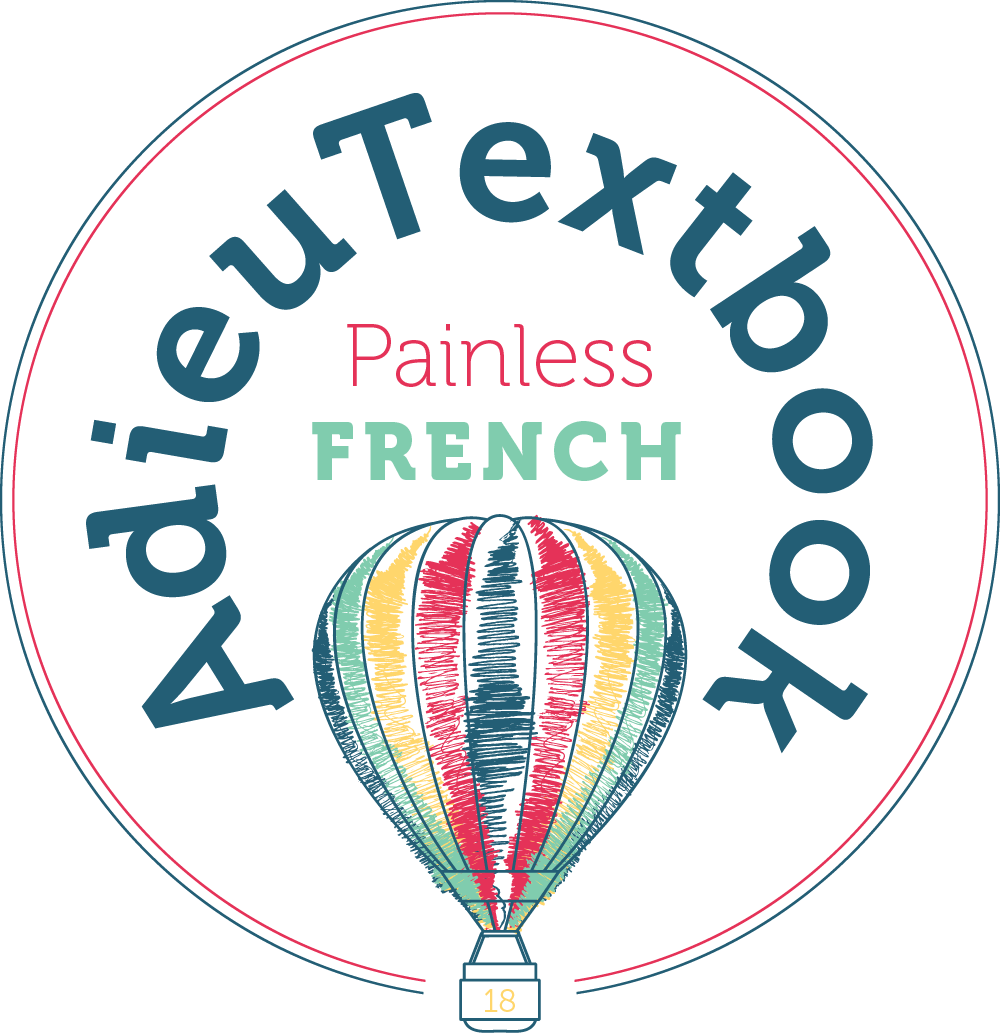On of the challenges of Interpersonal Speaking is how to measure growth. As learners move up the proficiency scale, they need more and more time to get the next level. As a profession, we need to work together to develop to measure student growth with much more granularity. I am sharing one iteration of a rubric to get your feedback.
- How can we make rubrics that are easy for teachers to use in real time while listening to a conversation between two students?
- How can we design a rubric that can be used by native speakers with some level of reliability, so that native speakers from the community can participate in developing interpersonal skill and evaluation?
- How can we avoid reducing the student performance to a checklist?
- How can we be sure that what is on the rubric is what we wish to measure?
Let me know your thoughts


